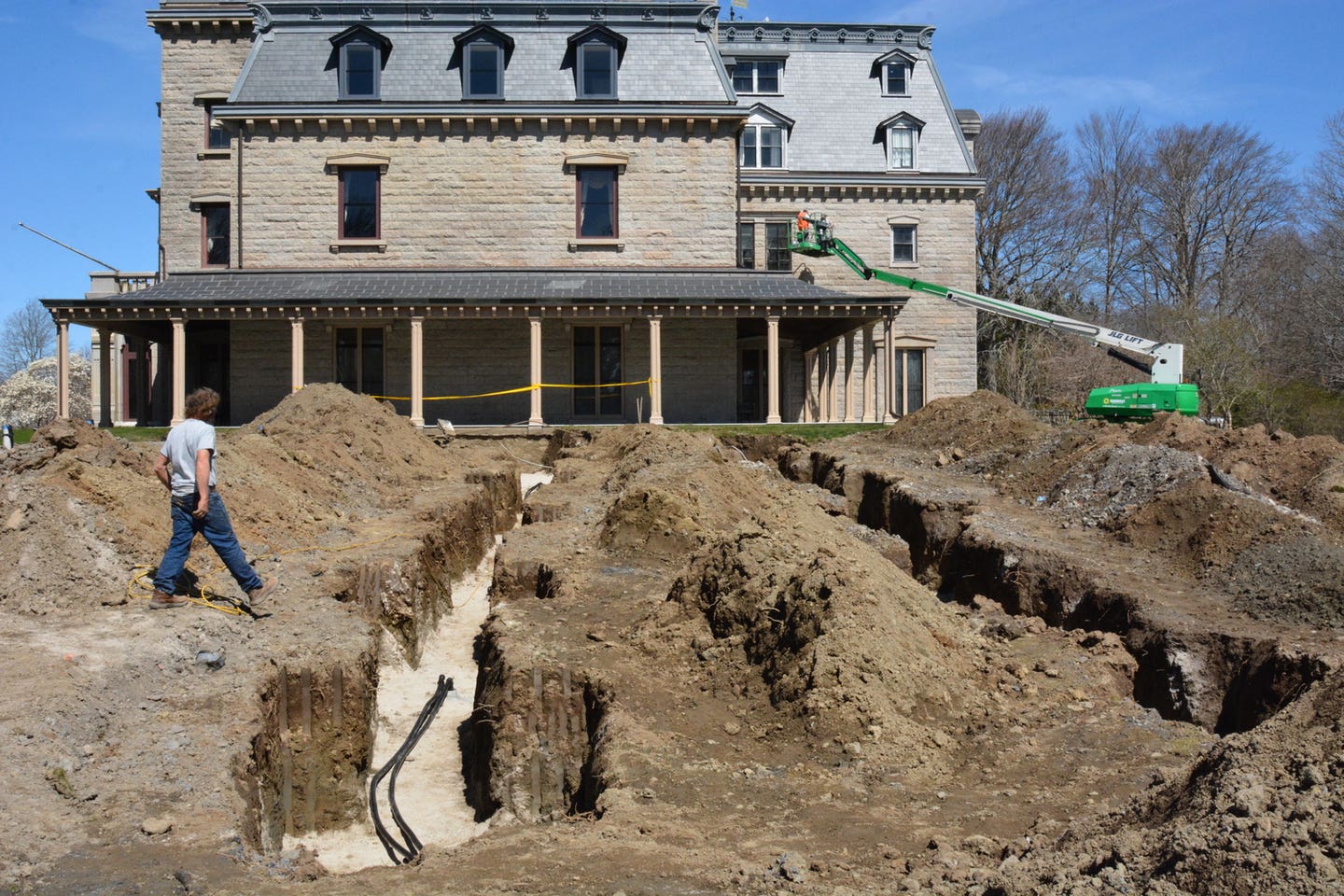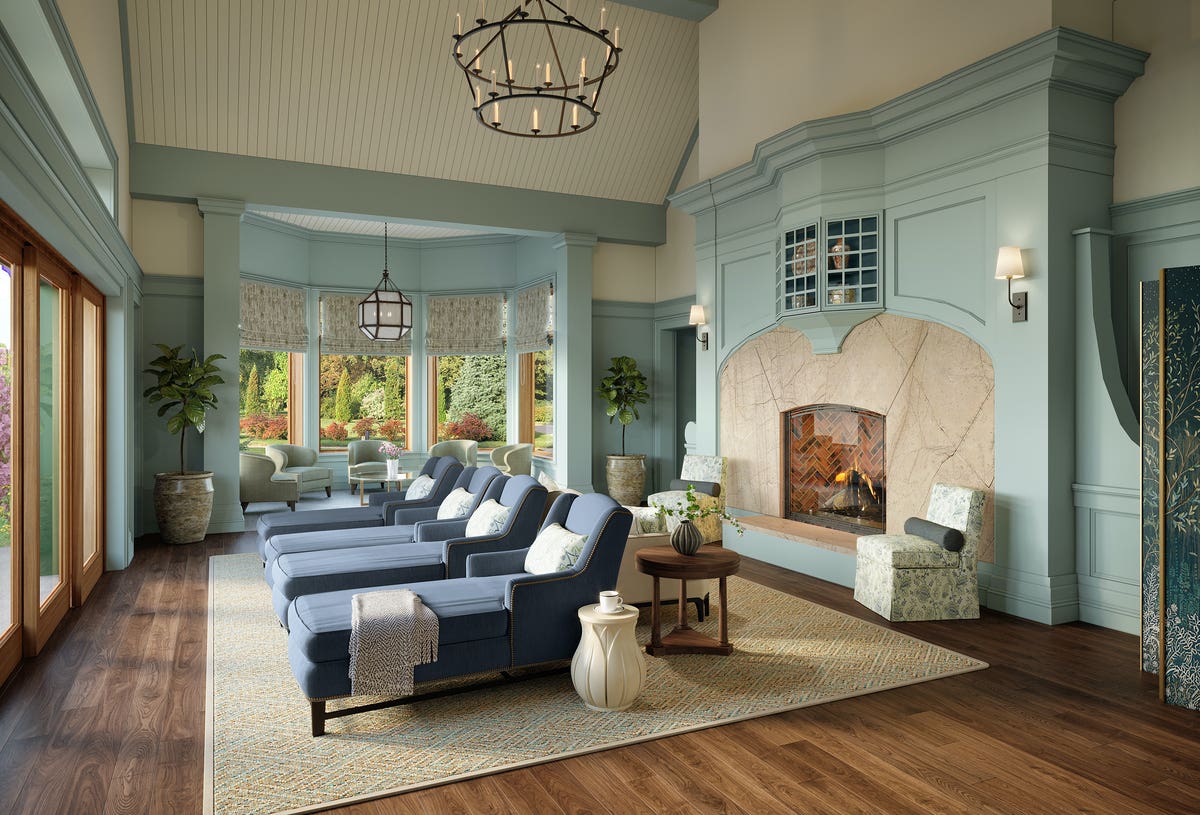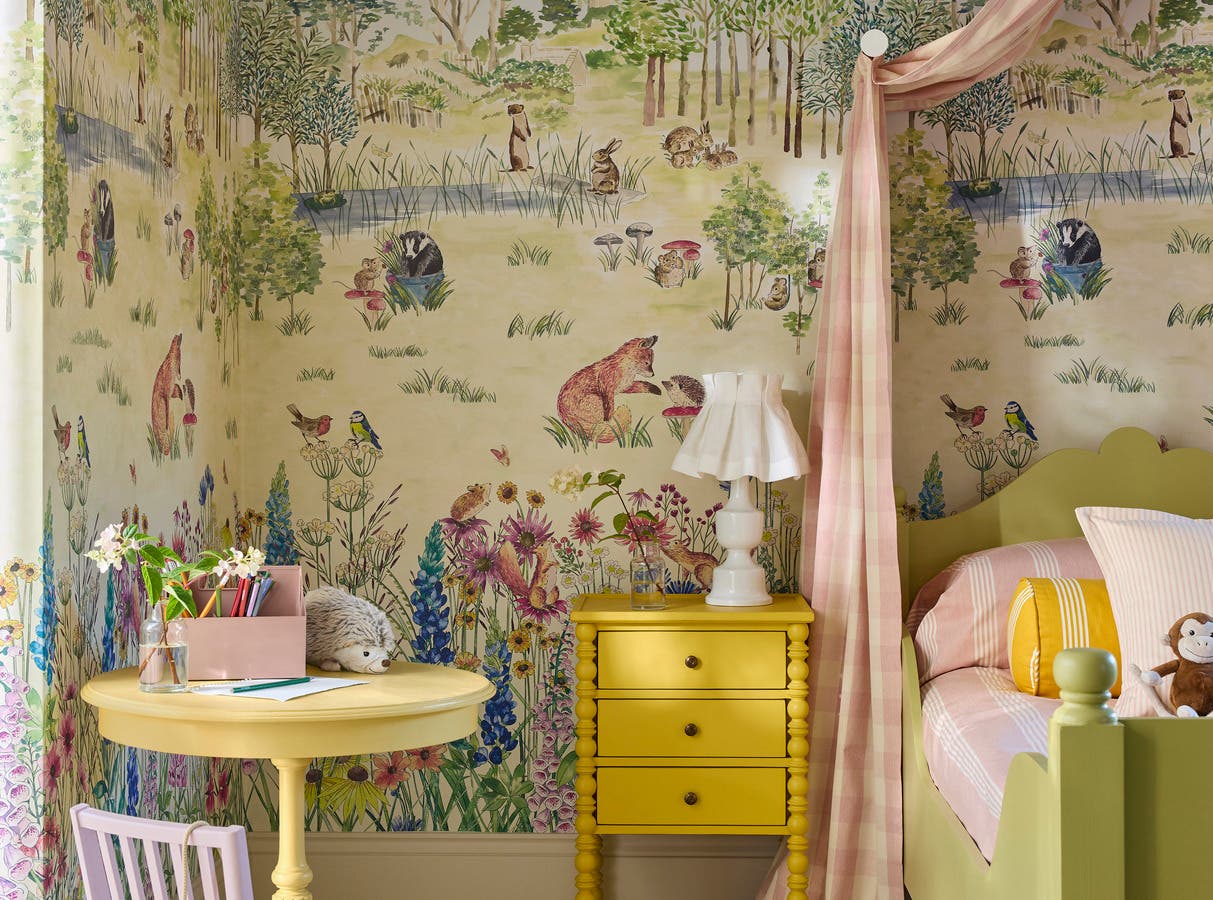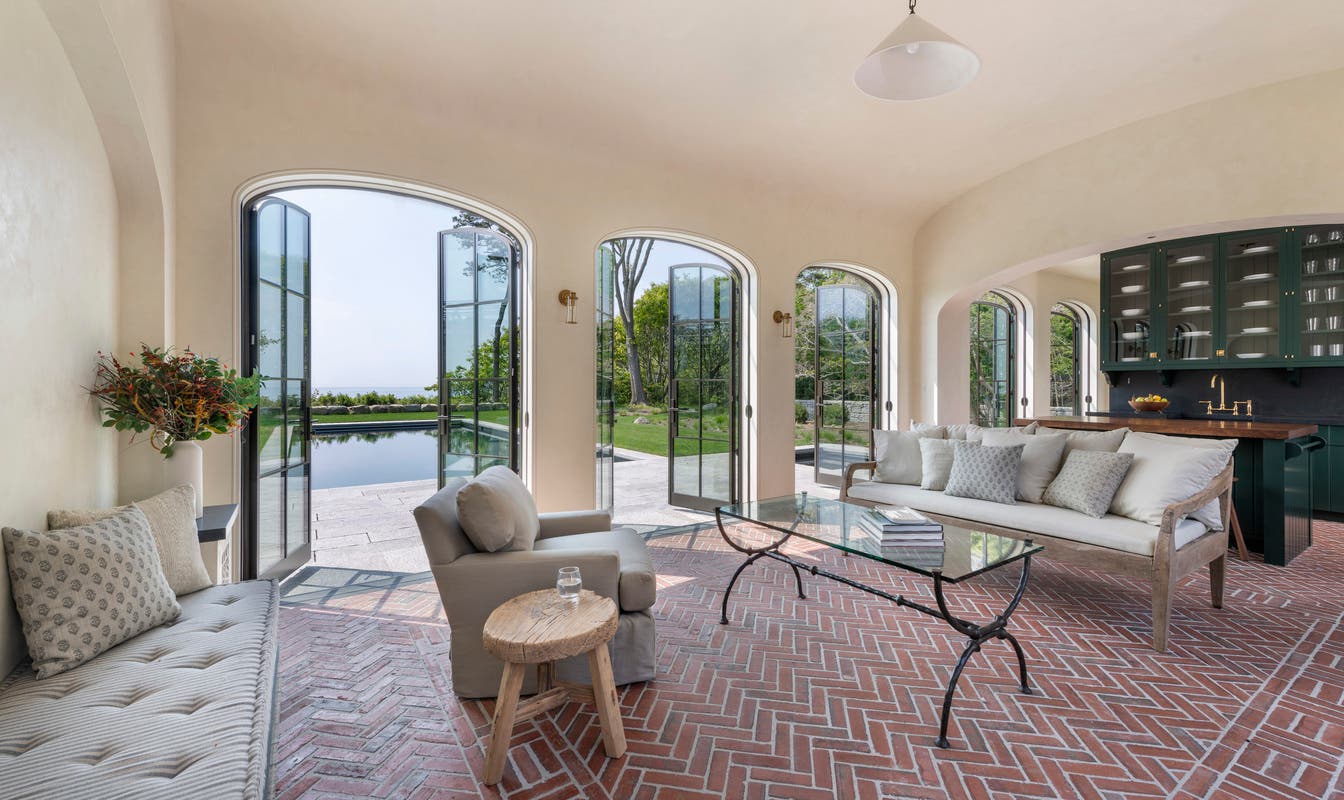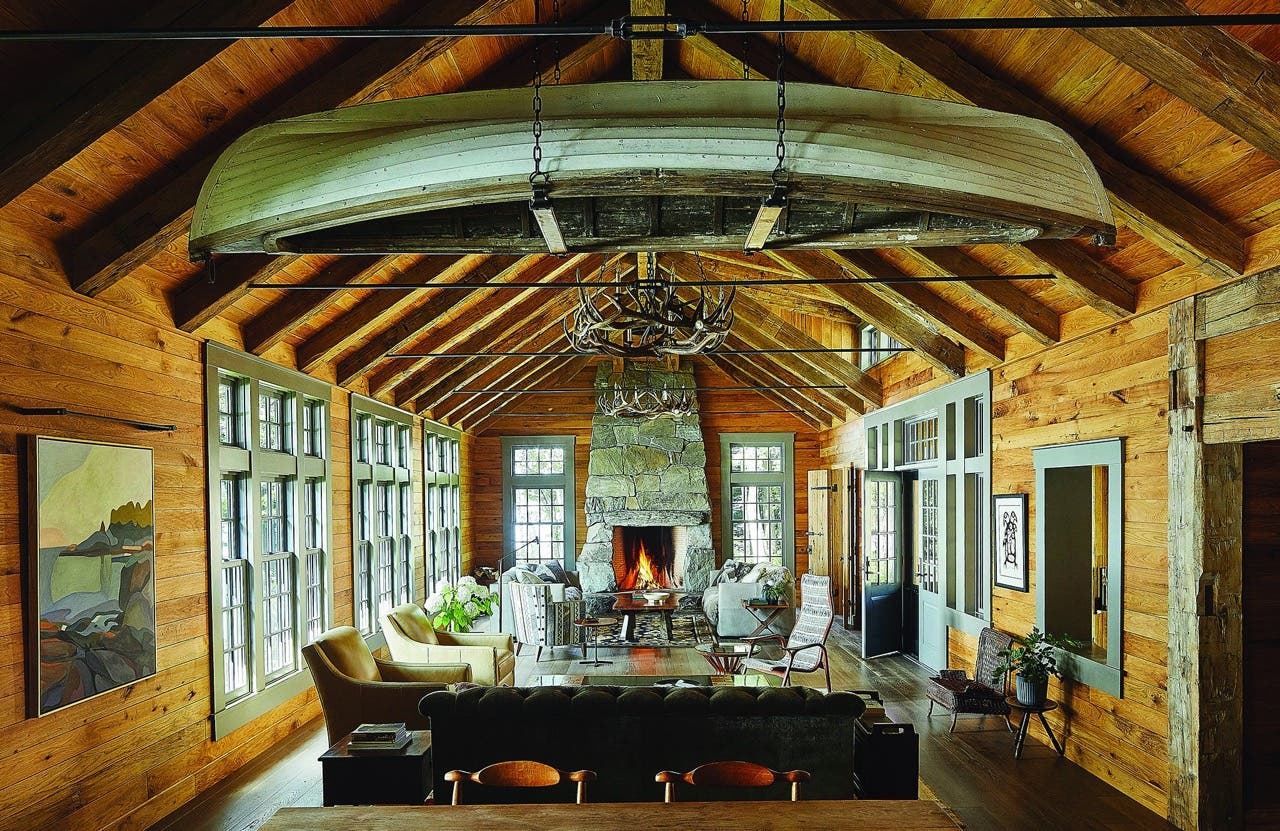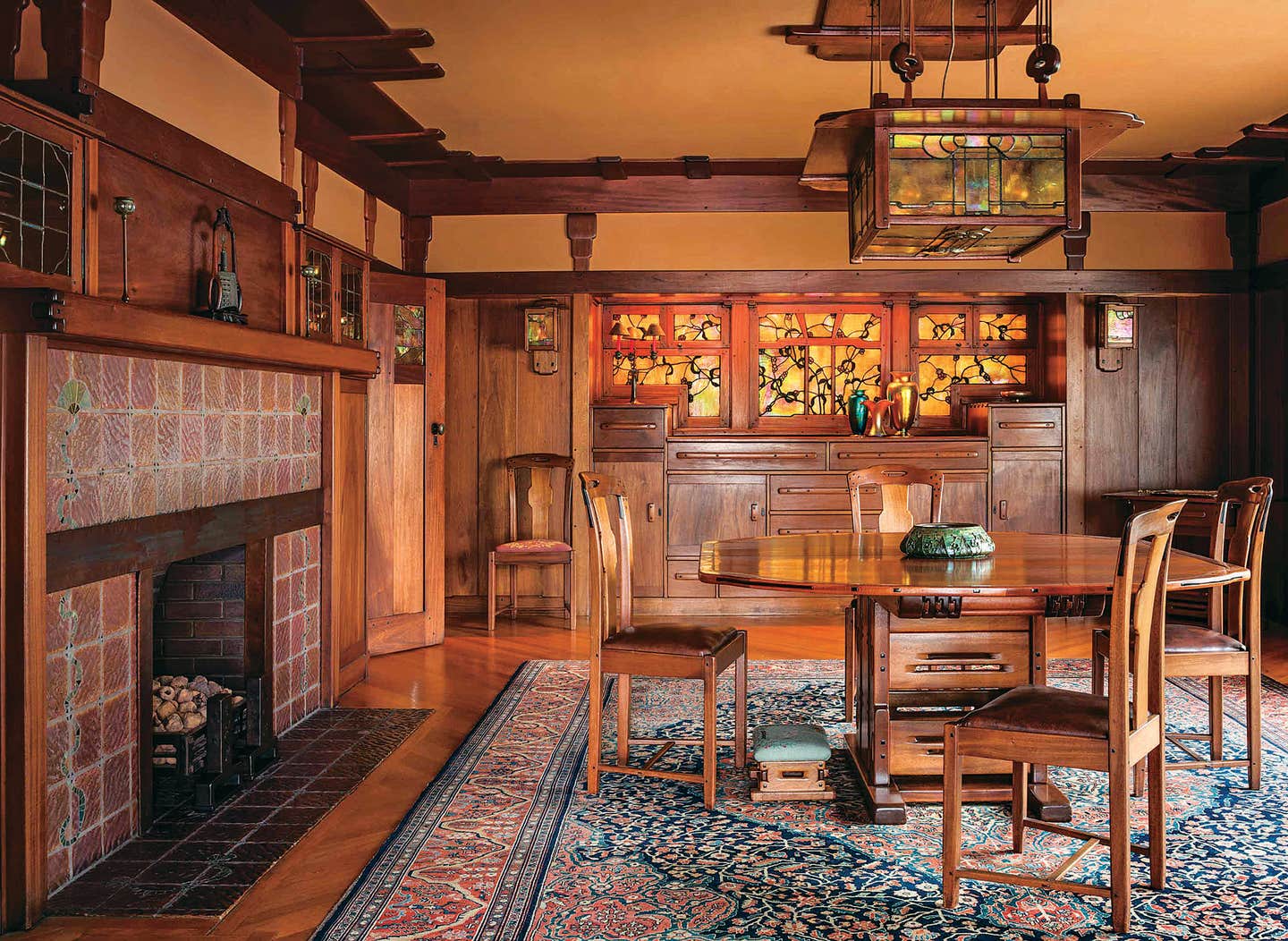
Period Architecture Topics
Arts & Crafts Interiors
This early 20th-century design reform movement can be elusive because it is not a style with a vocabulary of stock details, but a point of view, an ethos—like “cozy” or “green building.” The Arts & Crafts was modern before there was Modern, promoting holistic design that integrated building architecture, interiors, and furnishings, with healthful, efficient, and simple living. Though it appears in many ways, and varies with locale, if you find any of these ideas or features winking at you, start thinking Art & Crafts interior.
AHISTORICAL DETAILS
At its peak, the Arts & Crafts movement was hell bent to be totally new. Designers rejected anything that smacked of history or European revivals. Greco-Roman antiquities like classical mouldings or temple columns were verboten; instead, they used plain, square-edged boards with no curves for window and door trim or cabinetwork; slats or square sticks, not turnings, for stair balusters. The effect was radically innovative, if a bit austere and abstract.
OPEN PLAN
Forget about today’s trendy “open concept;” Arts & Crafts designers invented it a century ago as the “general assembly plan.” Their layouts jettisoned Victorian halls, leaving living rooms to flow freely into dining rooms and libraries without walls. Colonnades, pairs of waist-high bookcases topped by pyramidal piers, might signal a change in room use.
NATURAL MATERIALS
Arts & Crafts designers broke new ground with woods and paneling, often local species, minimally finished in stains or wax to highlight grain, or left bare. Sometimes they charred, then wire-brushed the grain to expose it. Fireplace stone ideally came from the building’s site. Japanese grass cloths, heavy burlaps, and hessian fabrics were de rigueur wall coverings.
TRIMWORK
Simple-looking trim layouts belie advanced design ideas. Picture rails circling the room connect window and door headers so these openings are integrated into the space. In dining rooms, skeleton wainscots (panels of fabric composed with thin battens) organize walls into specific proportions, topped by a stencil frieze. False beams visually lower ceilings for increased intimacy.
COLORS
New science led Arts & Crafts designers to a sophisticated palette of tertiary colors—that is, colors between primaries (red, blue, yellow) and their intermediates. Mossy, olive green is the poster child, but eggplant is close behind. Also, deep vermilion reds for leatherwork, gray and green washes on wood and copper.
BUILT-INS
Efficiency and sanitation, prime drivers of Arts & Crafts interiors, came together in built-in sideboards, bookcases, and bench seats. Literally built into walls, built-ins eliminated legs and undersides that hid nasty, germ-laden dust. Inglenooks, pairs of facing benches flanking the fireplace, are iconic examples.
FURNISHINGS
Of course, rectilinear oak furniture goes hand-inglove with an Arts & Crafts interior—but not exclusively. Tastemakers of the 1910s also blessed doses of Victorian overstuffed chairs, handmade tables, or favorite hand-me downs. Ceramics were a passion, especially tiles and vases in mossy green (complementing brown oak), as were Native American baskets and Navajo rugs.
FIREPLACES
Though central heating had made fireplaces obsolete, they roared back in popularity as the psychic center of the Arts & Crafts house. Whether built of rubble stones or more commonly brick, the classic Arts & Crafts fireplace has a copper hood and/or a few scenic tiles set in the masonry, or a motto carved in the mantelshelf. Bookcases at each side were all but mandatory. Just as a bungalow is not really a bungalow without a porch, it’s hard to have an Arts& Crafts interior without a fireplace.
Gordon Bock, co-author of The Vintage House (www.vintagehousebook.com), is an in-demand speaker for courses, seminars, and keynote addresses through www.gordonbock.com.



